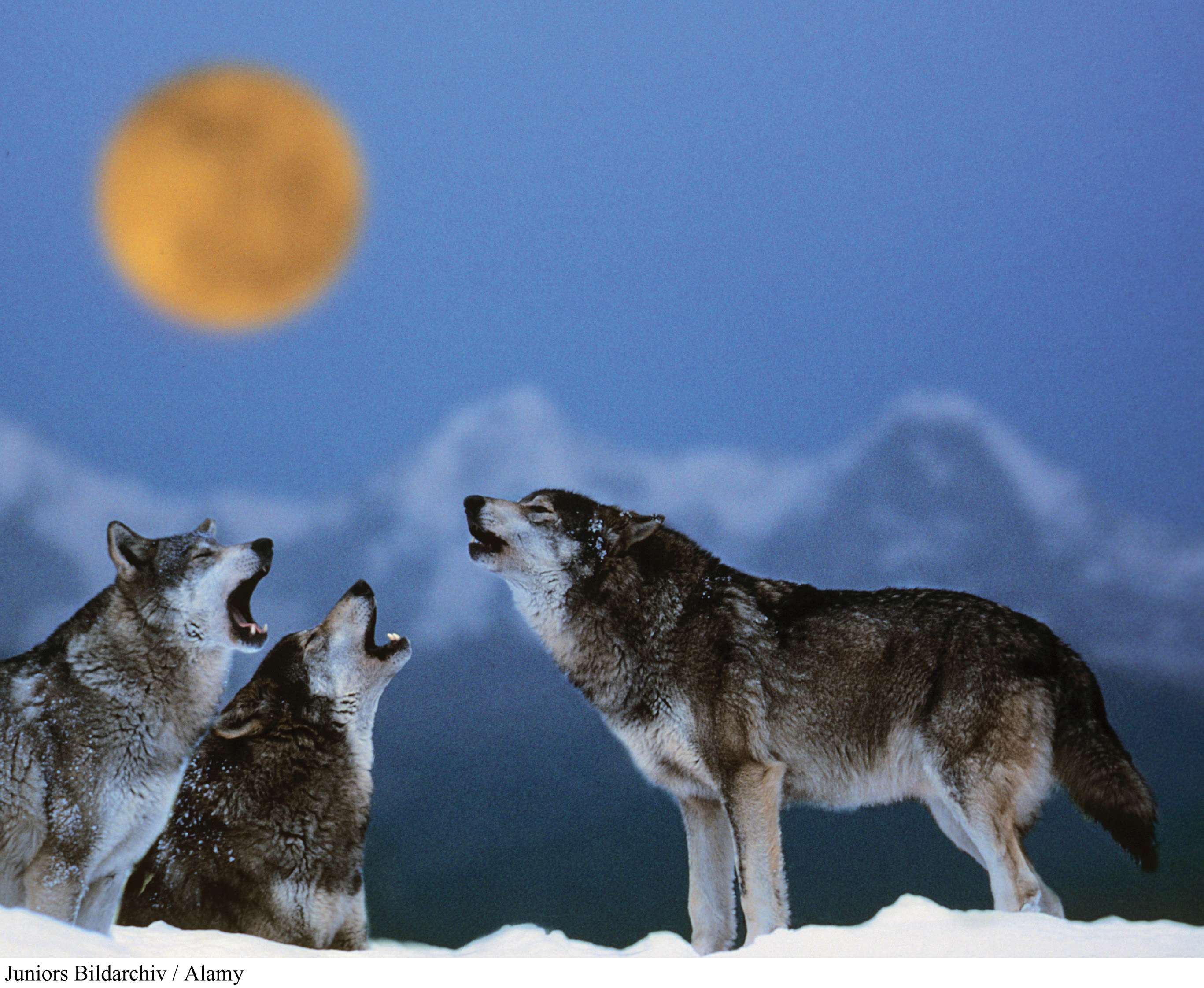9
Evolution and Behavior
COMMUNICATION, COOPERATION, AND CONFLICT IN THE ANIMAL WORLD
364

365
Behaviors are traits that can evolve.
- 9.1 Behavior has adaptive value, just like other traits.
- 9.2 Some behaviors are innate.
- 9.3 Some behaviors must be learned (and some are learned more easily than others).
- 9.4 Complex-
appearing behaviors don’t require complex thought in order to evolve.
Cooperation, selfishness, and altruism can be better understood with an evolutionary approach.
- 9.5 “Kindness” can be explained.
- 9.6 Apparent altruism toward relatives can evolve through kin selection.
- 9.7 Apparent altruism toward unrelated individuals can evolve through reciprocal altruism.
- 9.8 In an “alien” environment, behaviors produced by natural selection may no longer be adaptive.
- 9.9 Selfish genes win out over group selection.
Sexual conflict can result from disparities in reproductive investment by males and females.
- 9.10 There are big differences in how much males and females must invest in reproduction.
- 9.11 Males and females are vulnerable at different stages of the reproductive exchange.
- 9.12 Tactics for getting a mate: competition and courtship can help males and females secure reproductive success.
- 9.13 Tactics for keeping a mate: mate guarding can protect a male’s reproductive investment.
- 9.14 This is how we do it: When paternity uncertainty seems greater, is paternal care reduced?
- 9.15 Monogamy versus polygamy: mating behaviors can vary across human and animal cultures.
- 9.16 Sexual dimorphism is an indicator of a population’s mating behavior.
Communication and the design of signals evolve.
- 9.17 Animal communication and language abilities evolve.
- 9.18 Honest signals reduce deception.
366